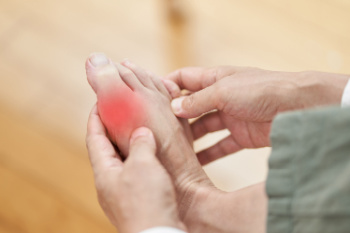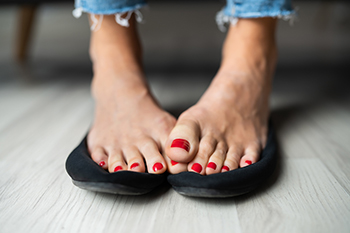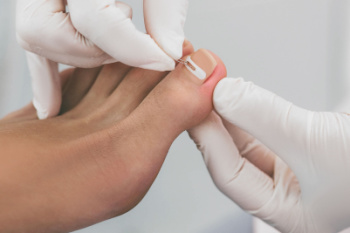
Gout, a form of inflammatory arthritis that often affects the big toe, can be triggered by certain foods high in purines, compounds that break down into uric acid. Uric acid buildup can lead to the formation of painful urate crystals in the joints, commonly affecting the big toe. To manage gout effectively, it is essential to be mindful of foods that can exacerbate symptoms. These can include foods rich in purines such as red meat, organ meats like liver and kidneys, shellfish, anchovies, and sardines. Additionally, high-fructose corn syrup found in sweetened beverages and foods can increase uric acid levels, as can alcohol consumption, particularly beer and spirits. Processed foods, refined carbohydrates, and sugary snacks should also be limited. Instead, focus on a balanced diet rich in fruits, vegetables, whole grains, and lean proteins. By avoiding or moderating the consumption of gout-triggering foods and prioritizing a healthy lifestyle, individuals can better manage their condition and reduce the frequency and severity of gout attacks. If you have had one or more gout attacks, it is strongly suggested that you are under the care of a podiatrist who can help you manage this condition, which often includes effective preventative methods.
Gout is a foot condition that requires certain treatment and care. If you are seeking treatment, contact one of our podiatrists from Carolina Foot & Ankle Specialists. Our doctors will treat your foot and ankle needs.
What Is Gout?
Gout is a type of arthritis caused by a buildup of uric acid in the bloodstream. It often develops in the foot, especially the big toe area, although it can manifest in other parts of the body as well. Gout can make walking and standing very painful and is especially common in diabetics and the obese.
People typically get gout because of a poor diet. Genetic predisposition is also a factor. The children of parents who have had gout frequently have a chance of developing it themselves.
Gout can easily be identified by redness and inflammation of the big toe and the surrounding areas of the foot. Other symptoms include extreme fatigue, joint pain, and running high fevers. Sometimes corticosteroid drugs can be prescribed to treat gout, but the best way to combat this disease is to get more exercise and eat a better diet.
If you have any questions please feel free to contact our offices located in Mount Pleasant and Charleston, SC . We offer the newest diagnostic and treatment technologies for all your foot and ankle needs.











